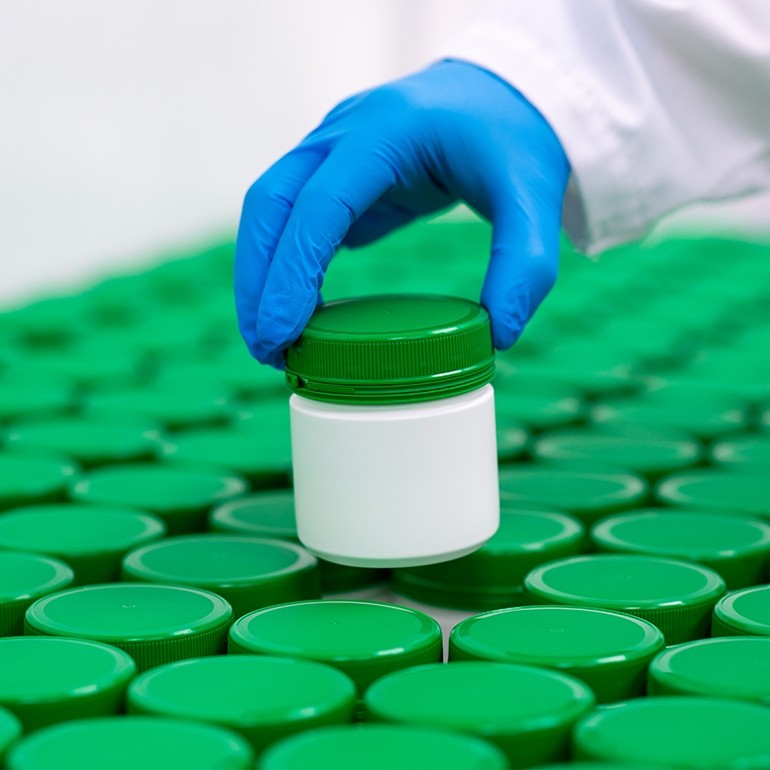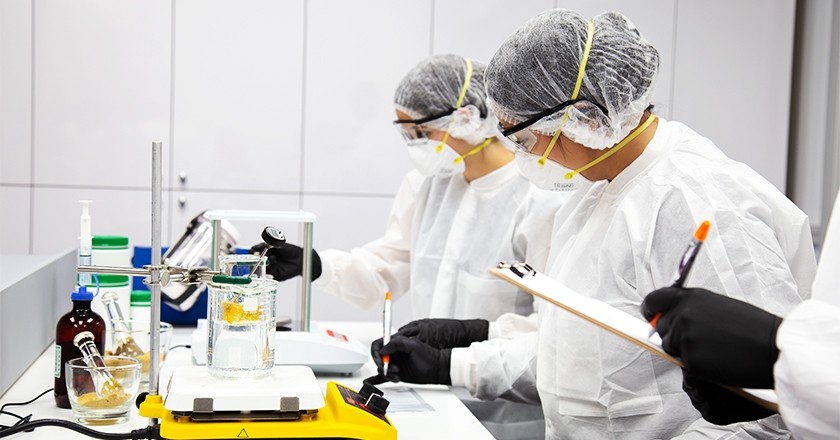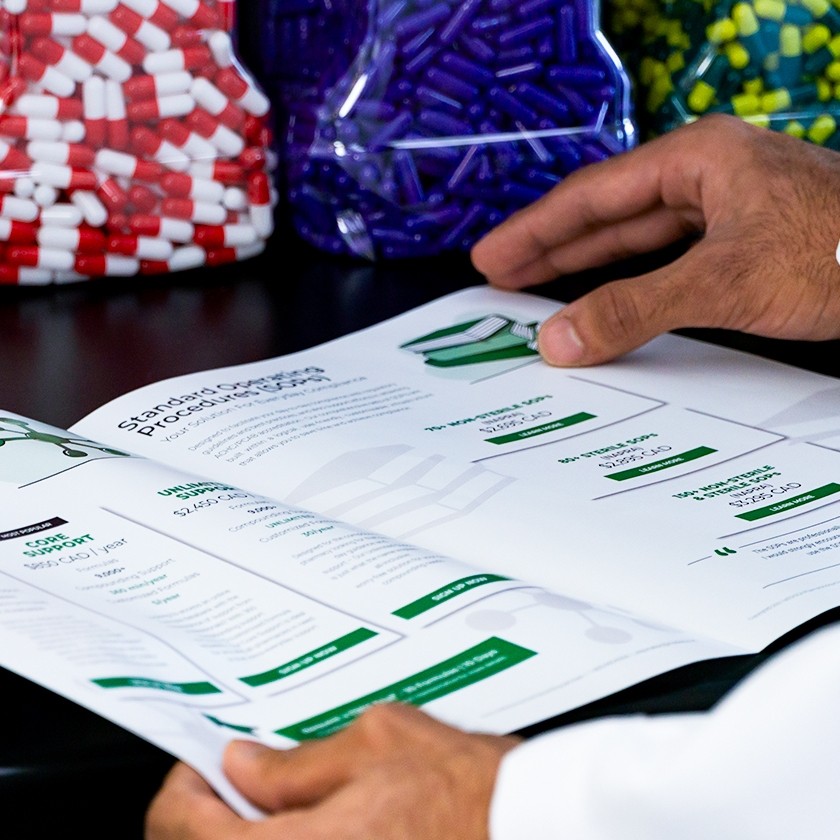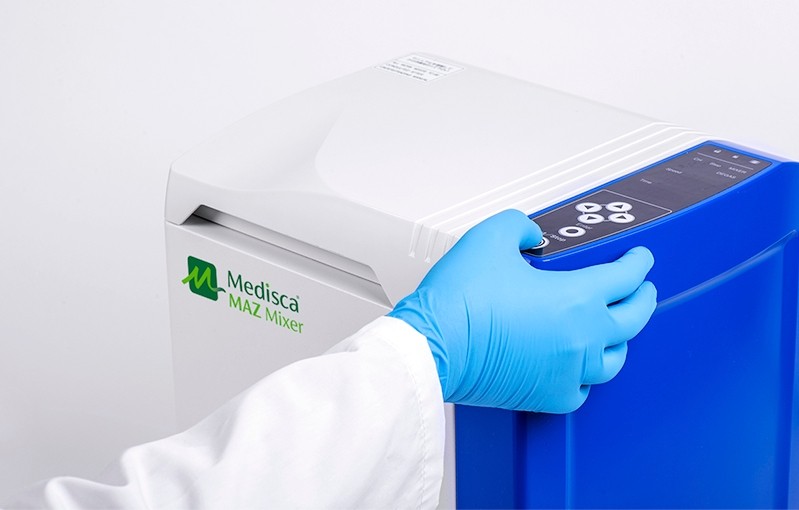Getting started in
compounding

What is pharmaceutical compounding?
- Combine therapeutics
- Personalize dosing
- Tailor dosage forms
- Eliminate unwanted ingredients
- Provide solutions to product unavailability
- Enhance patient adherence
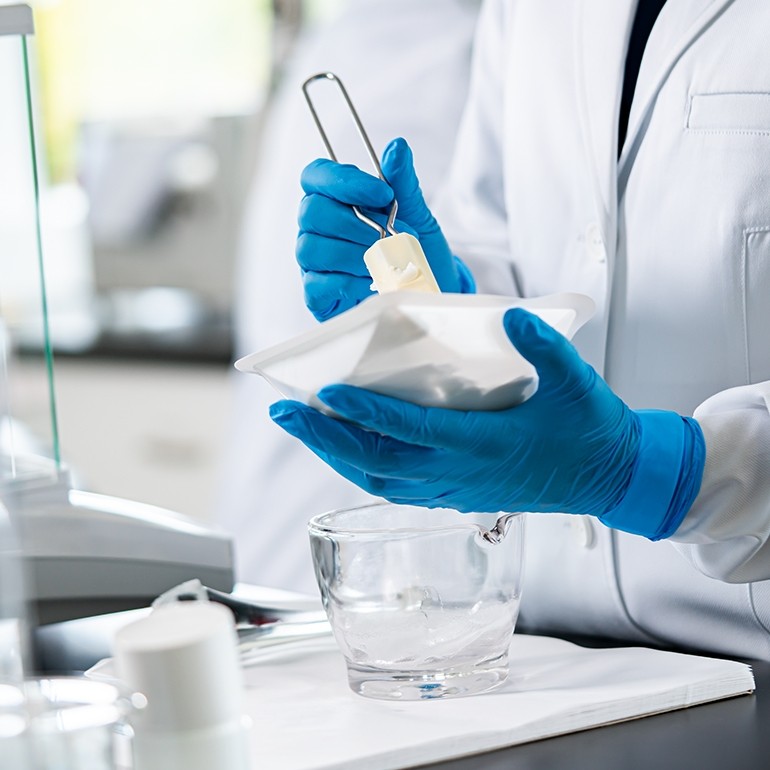
Discover the need
.jpeg&w=3840&q=90)
Providing safe medical solutions
Compounding is a highly regulated and disciplined practice that pioneered the practice of pharmacy and maintains an essential role in society today.What to look for in a
compounding pharmacy
Need help
getting started?
- American Society of Health-System Pharmacists. (2017). Drug shortages statistics. ASHP. Retrieved from: https://www.ashp.org/Drug-Shortages/Shortage-Resources/Drug-Shortages-Statistics
- McPherson, T.B. et al. (2013). Patient-centered care as a value-added service by compounding pharmacies. International Journal of Pharmaceutical Compounding, Vol 17. P 339-343.
Azer, S.A., Kanugula, K., & Kshirsagar, R.K. (2023). Dysphagia NIH – National Library of Medicine. StatPearls.
Beubler, E., et al. (2006). The white paper on opioids and pain: A pan-European challenge: The European white paper on the use of opioids in chronic pain management. J Pain Palliative Care Pharmacother., 20, 79-87.
Branvold, A & Carvalho, M. (2014). Pain management therapy: the benefits of compounded transdermal pain medication. J Gen Practice. 2:6.
- Vowles KE, McEntee ML, Julnes PS, Frohe T, Ney JP, & van der Goes DN (2015). Rates of opioid misuse, abuse, and addiction in chronic pain: a systematic review and data synthesis. Pain, 156, 569–576.
- Simon, JA. (2014). What if the Women’s Health Initiative had used transdermal estradiol and oral progesterone instead? Menopause. 21(7):769–783.
- Biondi, B & Wartofsky, L. (2012). Combination treatment with T4 and T3: toward personalized replacement therapy in hypothyroidism? J Clin Endocrinol Metab. 97:2256–2271.
- Bieber, T. (2013). Advances in the management of atopic dermatitis. Future Science Group.
- Koyama, G., Liu, J., Scaffidi, A., Khazraee, M., & Epstein, B. (2015). Novel Approaches to Topical Psoriasis Therapy. International journal of pharmaceutical compounding, 19(5), 357–365.
Hay R.J., et al. (2014). The global burden of skin disease in 2010: An analysis of the prevalence and impact of skin conditions. Journal of iIvestigative Dermatology. 134(6): 1527-1534
